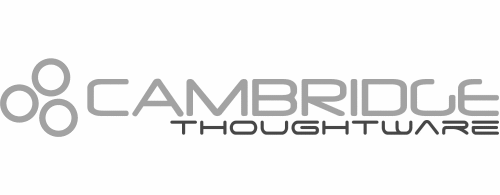
Approach
Click on one of the 'chips' for a flavour of my approach to the challenges that product development throws up....
Working with individuals
Good creative design starts with respect for all the other human beings involved - be they customers, suppliers, other team members or product users. Recognising the individuality of the people I work with and for, is a fundamental for me.
At the most basic level, projects are undertaken to benefit the customer, not the consultant. The customer's wishes remain paramount.
Thoughtware
Thinking solves problems. Striving for the clearest thinking pays.
In the creative design process, clarity breeds quality. Elegant solutions are easier to review. Clear schemes are understood more deeply by designers ; grasped more rapidly by reviewers. Issues are identified earlier avoiding unnecessary costs.
A universal aim for clarity underpins all the work I undertake, and I think that's more important than any particular design methodology or process. This remains true across all levels of abstraction from system design to the lowest level code.


Documenting designs
What makes a good document varies. Reference documents need to be comprehensive. Most others don't, and on occasion, thinner documents can be more useful than thicker ones.
A complex mental context is created when a solution is devised and implemented. Transferring this to another designer who hasn't been directly involved is challenging. A 300 page document exhaustively describing the detail of every significant code fragment normally isn't the solution. Good design documents should answer the questions that arise in the minds of those trying to gain the understanding. They shouldn't squander the reader's attention by describing, in slow time, things that he or she will take as read.
Creating a useful document needs energy and a tight grip on the mental landscape of the intended reader. Good diagrams are typically essential, but take time and effort.
Testing : Establishing confidence in a design
From some perspectives, testing can look like a necessary evil. It appears to consume resources without adding functionality. Few if any project budgets can support testing at the level that would be likely to find all the significant defects in a complex system. Some compromise is necessary. In this context, energy put into devising and agreeing the cleverest possible test strategy is always worthwhile. Where possible, this should be early in development.
Tenacity : Engaging with difficult issues
Dealing with complexity under time pressure requires engagement. Sometimes the really challenging aspects don't appear until some way into a task. My approach is that it's necessary to engage and stick with the issues until they are resolved.












Costs : The commercial dimension
I expect to deliver high quality design services with commitment, and expect that the associated commercial arrangements should reflect that. I strive to be efficient, innovative and highly productive, but not cheap.


